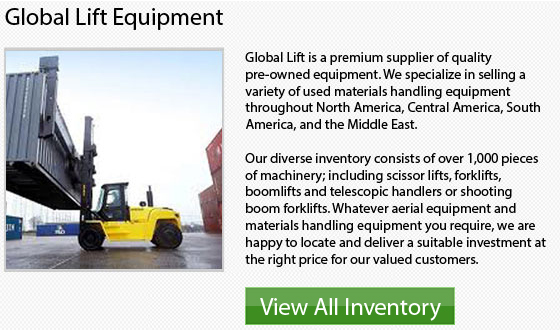
Change a Propane Tank
Propane powered forklifts are commonly used in warehouses. The lift truck is made with the propane tank mounted at the rear of the driver. The tanks, that look a lot like beer kegs, have to be replaced from time to time because they have a limited lifespan. Forklift drivers should always use caution when handling propane tanks. Compressed gases are hazardous, especially because the gas is flammable. Use care when removing and replacing propane tank to prevent being injured.
1 To change a propane tank, first stop the lift truck and leave the engine running, and turn off the valve on the tank. Let the lift truck run until the engine dies. This procedure burns the gas off in the transfer hose which connects the tank and the engine. Before taking the second steps, put on the correct safety equipment, like for example insulated gloves made of either leather or neoprene. It is really vital for you to protect your skin from touching the compressed gas, which is extremely cold.
2 The hose of the tank has to be disconnected, followed by removing the tank from its holding straps. When you put in a new tank, tighten the nut to reconnect the holding straps and to reattach the hose at the valve of the tank.
3 Leaks can be checked simply by applying soapy water to the valve and slightly opening it. If there is a leak, it would cause bubbles to foam from around the valve. If this occurs, inspect the valve area and the connection hose at the nut. The connecting nut must be re-tightened if you detect any leaks around the valve area, and afterward perform the leak inspection procedure over again. Persistent leaks mean that the nut and connecting hose would need to be replaced. Nonetheless, if replacing the nut and hose still does not stop the leak, the tank must be replaced.
4 Lastly, open the valve all the way to enable the gas to fill the connecting hose. Then you can start the lift truck and resume working.